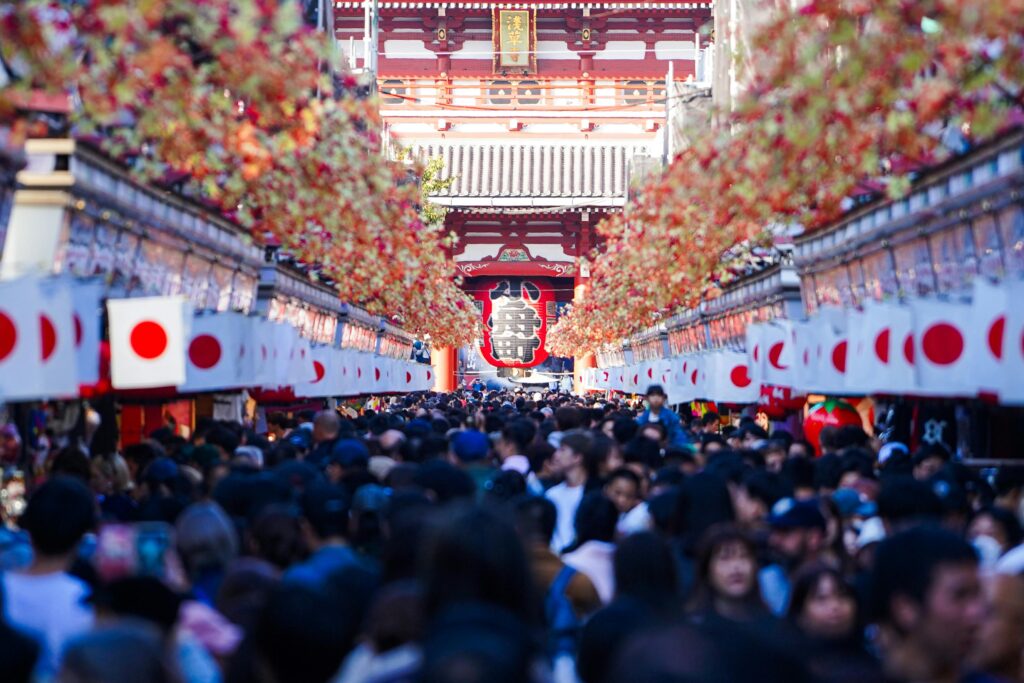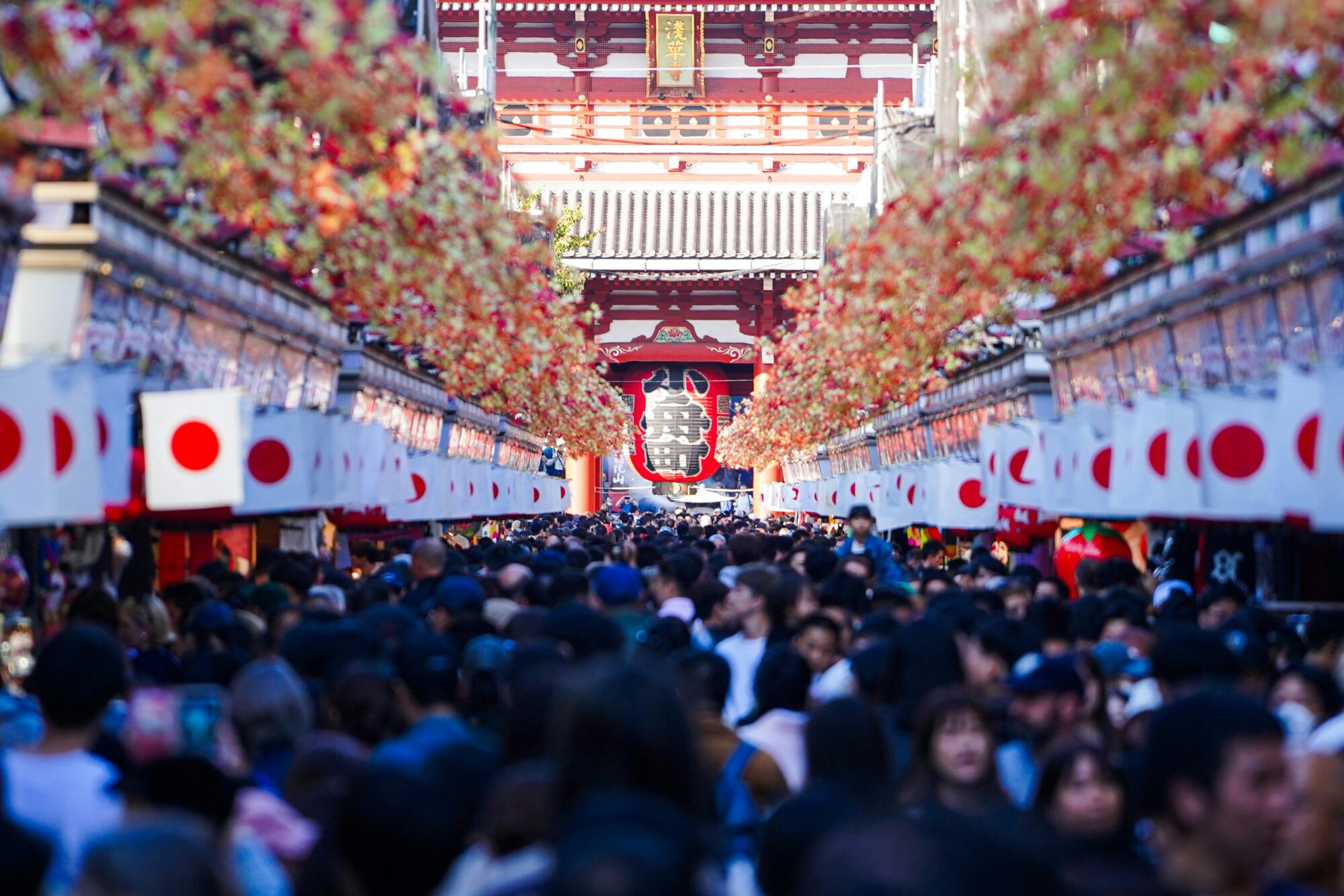
Remarkable Landmarks:
A ten-part series
Japan is an extraordinary country to visit for a number of reasons: culture, food, and history are just a few. Part of what makes this land so attractive to tourists are the singular historical structures that dot the country. Japan maintained an isolationist mindset for much of its history, and as such, has an array of incomparable (Buddhist) temples and (Shinto) shrines. Here are the top sites you can only see in Japan:
- Sensoji Temple (Tokyo)—One of the oldest and most popular temples in Tokyo, known for its iconic red Kaminarimon gate.
- Fushimi Inari-taisha (Kyoto)—The famous Shinto shrine with its thousands of vibrant orange torii gates.
- Kinkakuji (Kyoto)—Also known as the Golden Pavilion, a Zen temple with a stunning golden-covered pavilion.
- Kiyomizudera (Kyoto)—A historic Buddhist temple known for its large wooden veranda overlooking the city.
- Todaiji (Nara)—Home to the world’s largest bronze Buddha statue, located in the ancient capital of Nara.
- Itsukushima Shrine (Hiroshima)—A Shinto shrine famous for its “floating” torii gate in the waters of the Seto Inland Sea.
- Himeji Castle (Hyogo)—One of Japan’s most impressive and well-preserved medieval castles, also known as the “White Heron Castle.”
- Toji (Kyoto)—A prominent Buddhist temple that is home to a magnificent 5-story, 57-meter (187 ft) pagoda.
- Kyoto Gosho (Kyoto)—The Kyoto Imperial Palace is a symbol of Japan’s imperial heritage and a testament to the country’s culture and traditions.
- Daibutsu (Kamakura)—The iconic giant bronze Buddha statue in the city of Kamakura, just south of Tokyo.
Follow along for the next ten posts as we delve into the history, cultural relevance, and utter magic of each of these amazing locations.
